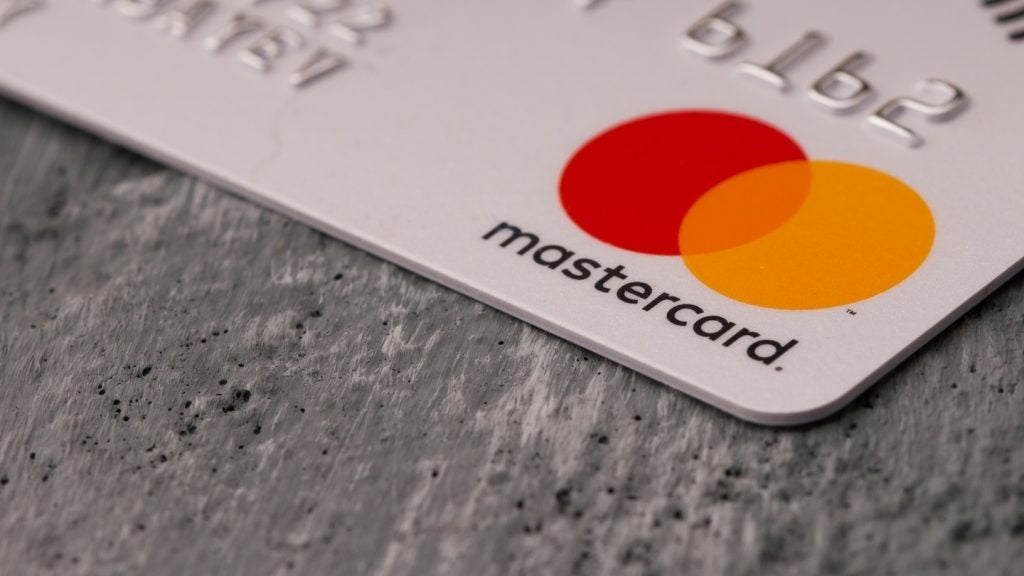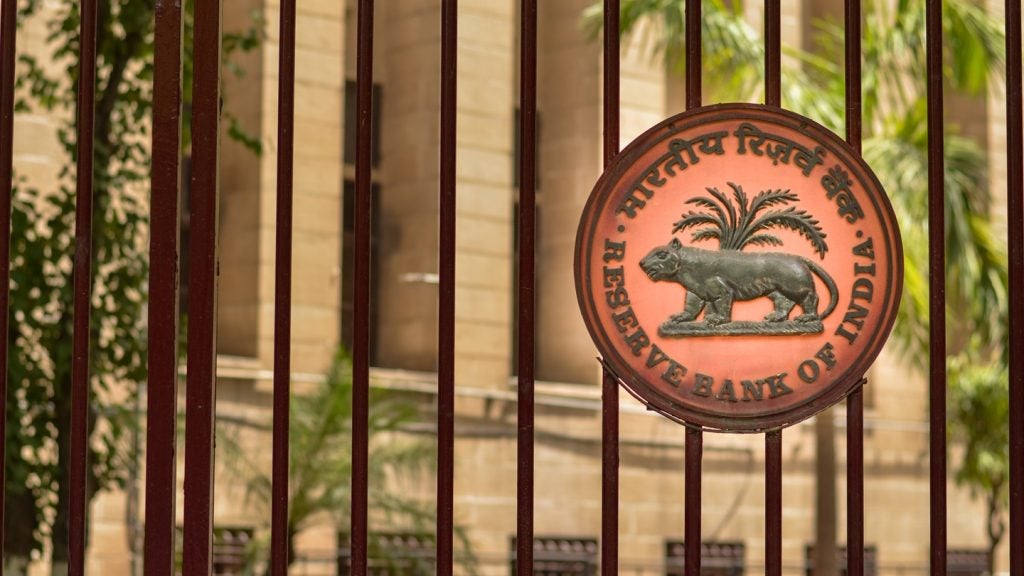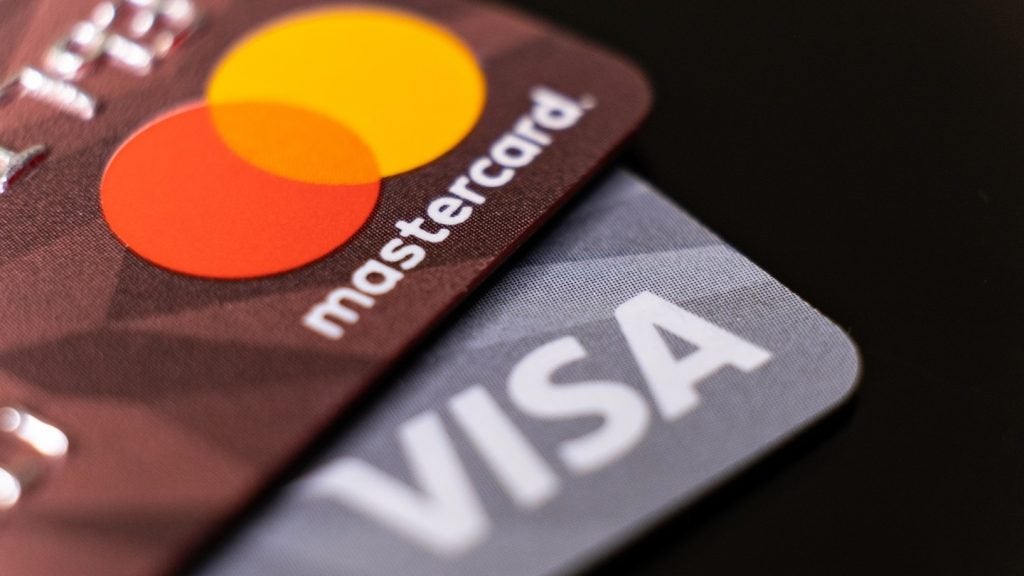The last decade has seen
card marketing increasingly move from the physical world to the
online world, as card issuers seek to exploit technology advances
to reach potential and existing customers much more quickly and
efficiently than before. Victoria Conroy explores how some of the
marketing messages have changed.

Access deeper industry intelligence
Experience unmatched clarity with a single platform that combines unique data, AI, and human expertise.
 For the past three decades,
For the past three decades,
card customers all over the world have become used to the sight of
various marketing offers and mail-outs landing on their doormats.
From application forms to pre-approved card offers, promotional
exercises and new product launches, card issuers have relied upon
tried and trusted paper-based methods to tout their wares to
potential and existing customers.
But as the world changes and becomes
increasingly dependent on technology at the expense of outdated
systems, so too must tried and trusted card marketing strategies
which are being overhauled to fit in with the advent of the
internet, mobile phones and social networking.
Is the end of paper credit card marketing
material nigh? According to marketing research consultancy Mintel
Comperemedia, the global economic turbulence of the past two years,
combined with increased pressures on issuer funding bases and
profit margins, has led to a sharp fall in credit card direct mail
volumes.
This follows a common pattern seen in previous
recessions, where direct mail volumes slump dramatically, only to
pick up again as the economy improves. And it appears that volumes
are on the rise again, indicating that issuers are feeling more
confident about their prospects. In November 2009, Mintel reported
that US issuers sent 180m credit card offers to US consumers in
October 2009, the highest monthly total since December 2008 and the
first significant rise in mail volume during 2009. The figure is
also 34% higher than the 134m credit card offers sent during
September 2009.

US Tariffs are shifting - will you react or anticipate?
Don’t let policy changes catch you off guard. Stay proactive with real-time data and expert analysis.
By GlobalDataMail volumes and recessionary
patterns
In January this year, Mintel reported
that card issuers have begun to increase direct marketing efforts
as many economies come out of recession. In the fourth quarter of
2009, for the first time in three years, credit card direct mail
volumes increased by 47% from the third quarter, demonstrating
increased confidence in the economy and willingness to extend more
consumer credit.
“Credit card direct mail volume levelled out
mid-last year and finally, in the last quarter of 2009, we saw the
long-awaited increase in card offers for consumers. More direct
marketing is an excellent sign for the economy, because it shows
issuers gaining confidence and taking a more positive outlook
towards gaining new cardholders and reducing delinquencies,” states
Andrew Davidson, senior vice-president of Mintel Comperemedia.
However, last year’s direct mail volume still
pales in comparison with recent years. Mintel reported that the
total number of credit card offers sent in 2009 was 66% lower than
the number sent in 2008. Pre-recession (2004-07), card mailings
topped 7bn annually; last year, they did not even reach 2bn. Not
only is there less direct mail, there are also less desirable
offers.
Davidson said: “Credit card issuers are
cautiously navigating CARD Act regulations. In addition to
adjusting their direct marketing strategy by sending less mail,
they are raising rates and fees on existing and new cards. The
credit card offers we see today are undeniably less attractive than
they were one year or even six months ago.”
According to Mintel, more than a third of
credit card offers sent in 2009 (36%) featured an annual fee,
compared to just one in five (20%) in 2008.
On variable rate card offers sent during the
fourth quarter of 2009, the mean go-to APR for purchases was
13.95%, an increase from the average of 11.80% observed during the
fourth quarter of 2008.
Many top credit card issuers increased direct
mail volume during the fourth quarter of 2009, but the biggest
bumps compared to the same period of 2008 came from Chase (up 87%)
and US Bank (up 64%).
Less attractive offers
The year 2010 is likely to bring
further changes to the composition of direct mail volumes and
content, according to Mintel. In February 2010, it stated that the
demise of free checking accounts will become pervasive.
“This year, the cry of ‘free checking’ will
start to fade. In 2009, fewer than half of checking direct mail
offers promoted free checking, down from three-quarters in
2007-2008,” said Susan Wolfe, vice-president of financial services
at Mintel.
Marketers move online
 As direct mail volumes have
As direct mail volumes have
fluctuated, more and more issuers are realising that it is
important for them to have an interactive online presence, be it on
the internet or through mobile phone applications and viral
marketing.
Although card issuers have long had a
firm presence on the web through dedicated company and product
websites, these have become much more interactive and intuitive to
consumer demand. An extra dimension has been added due to the
advent of video-sharing websites like YouTube, where issuers can
present their latest TV or web adverts or specific product
reels.
Social networking websites like Facebook and
Twitter are also becoming increasingly important marketing tools,
with many card companies around the world creating dedicated pages
for specific products or campaigns. The growing importance of
social networking websites to the financial services industry came
in a new study from research group Nielsen released in October
2009.
The study found that the US banking industry’s
advertising spend on social media rose by 98% comparing August 2008
and August 2009, a period which saw the banking industry in crisis
mode.
But some organisations have yet to come up with
a marketing solution that effectively straddles social media with
their own web presences. Some issuers often seek to direct
customers to their own standalone sites – often at a higher
financial cost – rather than focusing their attentions on existing
social networks such as Facebook or YouTube.
As an example, JPMorgan Chase has used its
Facebook ‘fan’ page as a portal to its standalone ‘Chase +1’ student credit card
programme. Though the bank’s Facebook page itself is somewhat
underutilised as a result, such strategies can work both ways.
Chase managed to increase the number of ‘fans’ it has on Facebook
by ensuring that students looking to access card benefits had to do
so through the social networking site.
Wells Fargo of the US was one of the early
movers into social media in 2005. Since then the bank has worked
consistently to build up its social media presence, principally
through the creation of a number of blogs hosted on the Wells Fargo
website.
Wells also launched a customer service function
on Twitter in 2009, emulating peers such as Bank of America and
recent acquisition Wachovia.
Others, such as UBank, the direct banking
subsidiary of National Australia Bank (NAB), have taken
cross-promotional activities still further, using its Twitter page
to advertise its website, 24-hour helpline, e-mail contact details,
Skype address, YouTube channel and Facebook page.
However, UBank does not see its Twitter channel
as a direct means of driving product sales. Instead it uses the
page to engage with customers, provide financial insights and
support local and national community causes, believing that blanket
product placement would risk alienating potential customers.
According to Mintel, consumers welcome the
opportunity to engage with their financial service providers in
these ways. Mintel survey data suggests that only one in four
respondents think financial services companies on social networking
sites are “annoying”.
Moreover, 16% said they’d follow a financial
services company for coupons while 11% would follow for contests or
promotions.
The rise of the mobile
app
In the last year, a flurry of credit
card-related mobile phone applications have been launched globally,
with Apple’s iPhone becoming the most favoured device through which
to show off credit card apps. Notable card issuers such as Barclays
of the UK, Citi of the US and Garanti Bank of Turkey have rolled
out dedicated iPhone apps as a way of promoting their services and
attracting new customers.
Barclaycard’s Waterslide app, launched in late
2008, was designed to promote its contactless card offerings and
has since become one of the most successful financial services
advertising campaigns in recent memory, with 9m consumers having
engaged with the campaign in the online space alone.
The
Waterslide Extreme iPhone game, launched in July 2009, garnered
some 32,000 downloads in its first day, making it the most
downloaded free app for the iPhone. This has ultimately translated
into over 6m downloads and the number one free app ranking in 57
countries worldwide.
Barclaycard’s existing digital strategy has
also seen it use online video to promote the game, offering a
demonstration version and competitions to customers on its YouTube
channel, resulting in user-generated video versions of the game and
participation from over 1m people.
Waterslide has engaged over 9m people online
and through the iPhone – twice as many as would have seen a
primetime Waterslide TV advert.
Citi, the fourth-largest US bank by deposits,
has extended its free downloadable iPhone app to its credit card
customers, three years after it became the first major US bank to
offer its customers a downloadable mobile banking app.
By using Citi’s iPhone app, cardholders can
check account balances and available credit at any time. The app
also provides details on recent transactions, as well as the date
on which the next payment is due and enhances an app launched by
Citi last year for its retail banking customers.
Meanwhile, Bank of America has leveraged its
mobile banking presence (with nearly 4m
m-banking customers) to launch an iPhone app that is the most
downloaded free US financial app on Apple’s iTunes App store,
beating rivals JPMorgan Chase and Wells Fargo.
Turkey’s Garanti Bank is the latest to
capitalise on the iPhone app phenomenon. In November 2009 it
launched the
Shop&Miles&Travel app which is free to download and
also available to non-customers of Garanti Bank.
The app allows users to “virtually travel”
around the world by plotting destinations, such as vacation spots,
and use a 3D simulation environment to pilot a plane around the
globe.
Users can even take photos from the virtual
plane. The app also allows users to calculate the miles they are
going to earn.
The app also makes available other
Shop&Miles promotional campaigns, and one-touch access to
Garanti’s mobile banking services and to the Shop&Miles
application SMS generator.
Garanti told CI at the time of the
app’s launch that it expected to reach the 100,000 download
milestone within a year. Garanti is hoping to use it as a customer
recruitment tool to tap into the valuable demographic of tech-savvy
youth consumers who are the core buyers of iPhones.
In the first four weeks after launch, around
20% of Shop&Miles credit card applications via SMS were
directed from the app.







